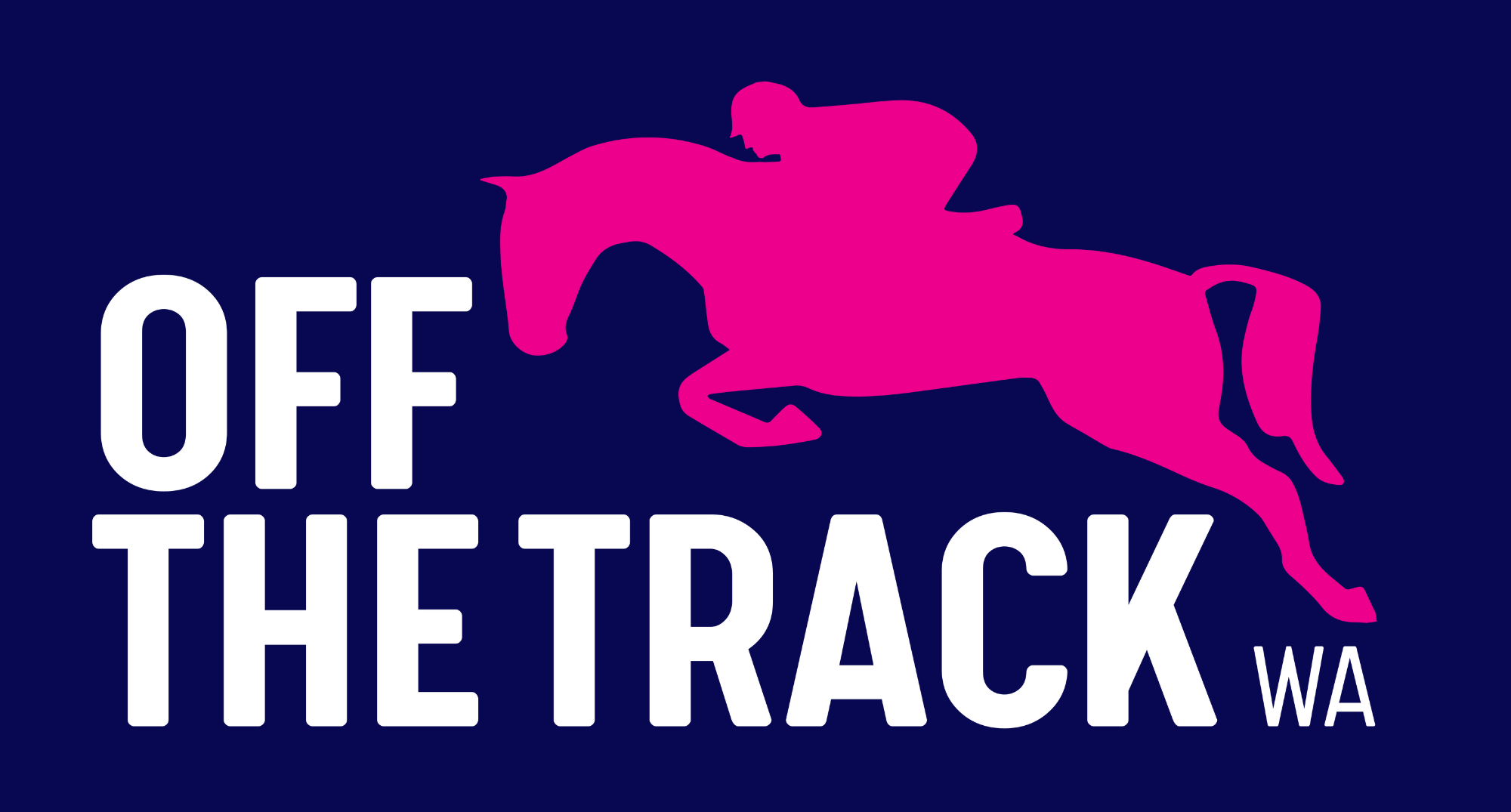
EWA Welfare Corner: Essential Tips for Modern, Diagnostic-Based Worming for your Adult Horse
The days of routine, calendar-based worming are over. Due to the alarming spread of drug resistance, a "one-size-fits-all" approach is no longer effective. Horse owners must now work with their veterinarians to implement diagnostic-driven worming plans. The goal is clear: prevent parasite disease while strategically minimising wormer use to preserve their effectiveness.
Tip 1: Always Test to Confirm Effectiveness
The indiscriminate use of wormers has led to widespread resistance, meaning parasites are often surviving treatment. Since no property is free of resistant worms, you must verify your product's efficacy.
- Perform a Faecal Egg Reduction Test (FECRT): This is the only way to know if your wormer works. It measures the reduction in parasite eggs between samples collected just before and 14 days after treatment.
- Annual Resistance Checks: Ask your vet to perform a FECRT annually, testing a different class of wormer (like ivermectin, moxidectin, or pyrantel) each year.
Tip 2: Treat the Horse, Not the Pasture
The majority of worming treatments are unnecessary. Horses have evolved alongside parasites, and adult horses (over six years old) typically develop a robust immunity to Strongyles (cyathostomins)—the most important parasitic threat. Over-worming kills susceptible worms, leaving behind only the resistant ones to reproduce.
- Focus on Strongyles: Adult horse strategies should focus on these parasites, which can be tolerated in relatively large burdens without clinical disease.
- Minimal Treatment: Most low-risk horses on well-managed properties should not require more than one worming treatment per year.
Tip 3: Follow the Diagnostic Protocol
Most adult horses need 1–2 treatments per year; high shedders need more. Base your treatment decisions on Faecal Egg Counts (FEC) performed three to four times per year to determine your horse's shedding status:
|
Shedding Status |
Faecal Egg Count (EPG) |
Treatment Plan |
|
Low Shedder |
0–500 EPG |
No additional treatment required. |
|
High Shedder |
>500 EPG |
Consider 1–2 additional treatments during the grazing season (up to 4 times/year). |
|
Encysted Larvae |
Moxidectin may be recommended but should NOT be used more than once per year unless specifically advised by your vet. |
|

Reference - Virbac Gold Standard Brochure
Tip 4: Reduce Environmental Contamination
Minimising pasture contamination is crucial to breaking the parasite life cycle and reducing the need for chemical intervention.
- Poo-Pick Frequently: Remove manure from paddocks at least twice weekly, ideally every day!
- Compost Manure: Composting kills parasite eggs effectively. The core temperature must reach 40∘C or above for approximately one week before the compost is safe to spread.
- Quarantine New Horses: Isolate new arrivals for at least 3–5 days. Treat new adults (over 2 years) with Moxidectin (or as advised). Treat young horses (under 2 years) with two separate classes of worming products upon arrival. Collect all quarantine manure and dispose of it—do not spread it on paddocks.
- Pasture Management: Reduce stocking density, rest and rotate pastures, and avoid harrowing, which only spreads infective larvae.
By implementing these diagnostic and environmental management tips, you take control of your horse's health and become a key partner in the fight against equine worm resistance.
Images to support this can be found via Equestrian WA Facebook Page.












